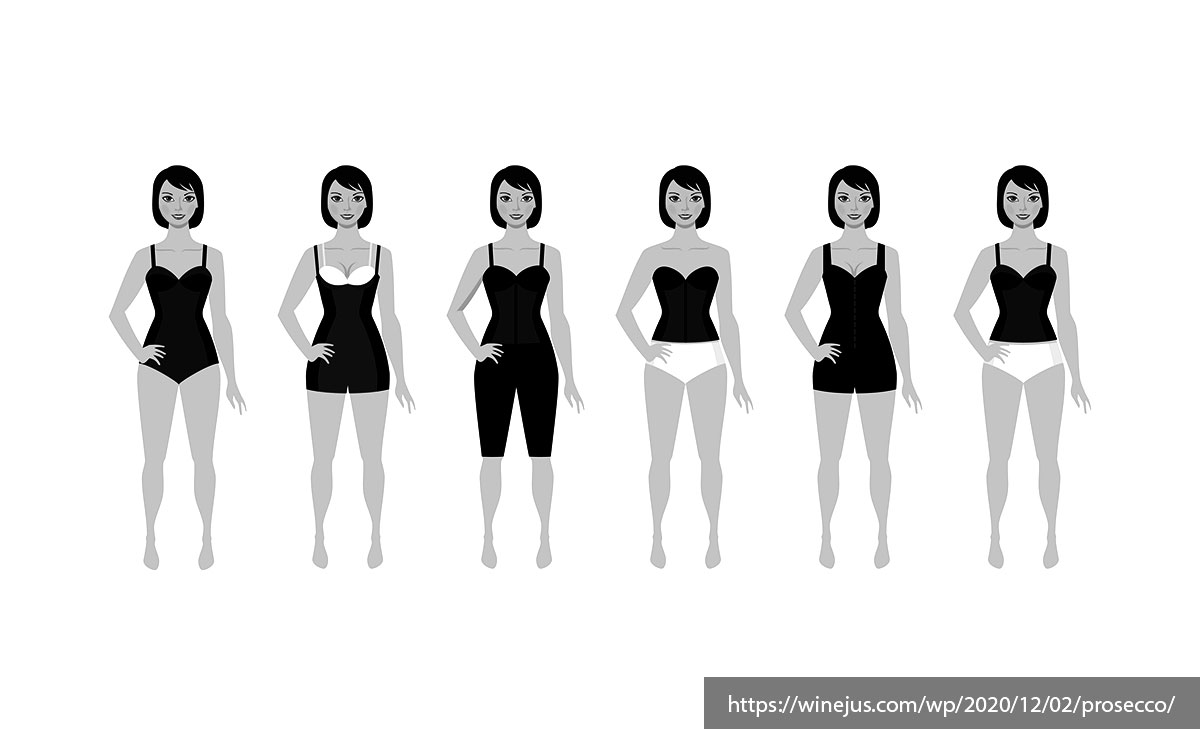In honor of National Shapewear Day, we are delving into the history behind these body-shaping garments. The earliest recorded version of shapewear dates to sometime between 1600 and 1100 BC in Mycenaean Greece. Based on depictions in artwork, it appears that this early shapewear was designed to emphasize the breasts, hips, and waist. In Hellenic Greece, decorative girdles made of metal played an important role in fashionable dress; there were also girdles made of linens and soft leather. These early girdles were designed to emphasize the hourglass shape. In Ancient Rome, breast binders were worn to minimize the chest and emphasize the hips. The Middle Ages brought tightly laced bodices while the Elizabethan era ushered in steel corsetry and large petticoats designed to emphasize the hips. Later, Victorian whalebone corsets were used to emphasize a tiny waist. The 1920s flapper aesthetic brought camisoles and other flattening or slimming shapewear to the forefront. During World War II, the girdle – designed to slim the abdomen, hips, and buttocks – became popular. The 1950s introduced new shapewear aimed at creating an hourglass silhouette while the 1990s introduced shapewear designed to create an extremely thin appearance. Today, shapewear remains a popular product. Notably, conversations around body positivity have begun to affect shapewear, including how and why it is made and worn.

Your go-to guide for weird history facts
Subscribe to the FREE daily email that makes learning about history fun.


